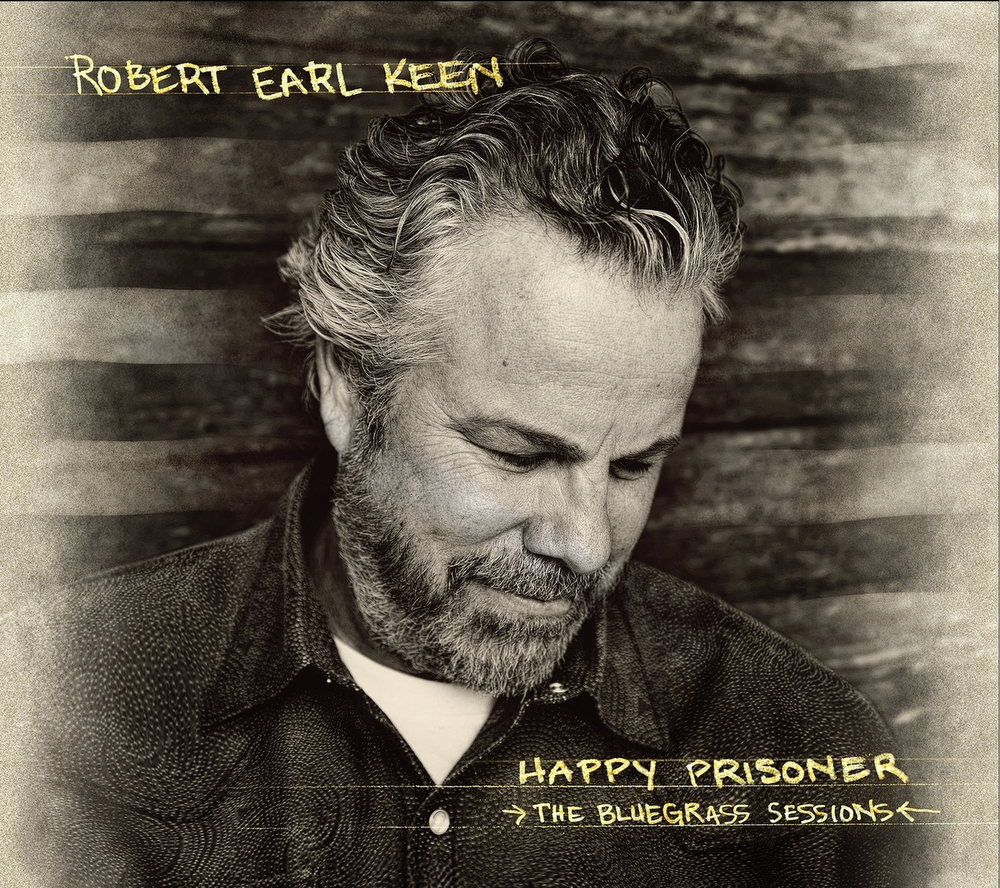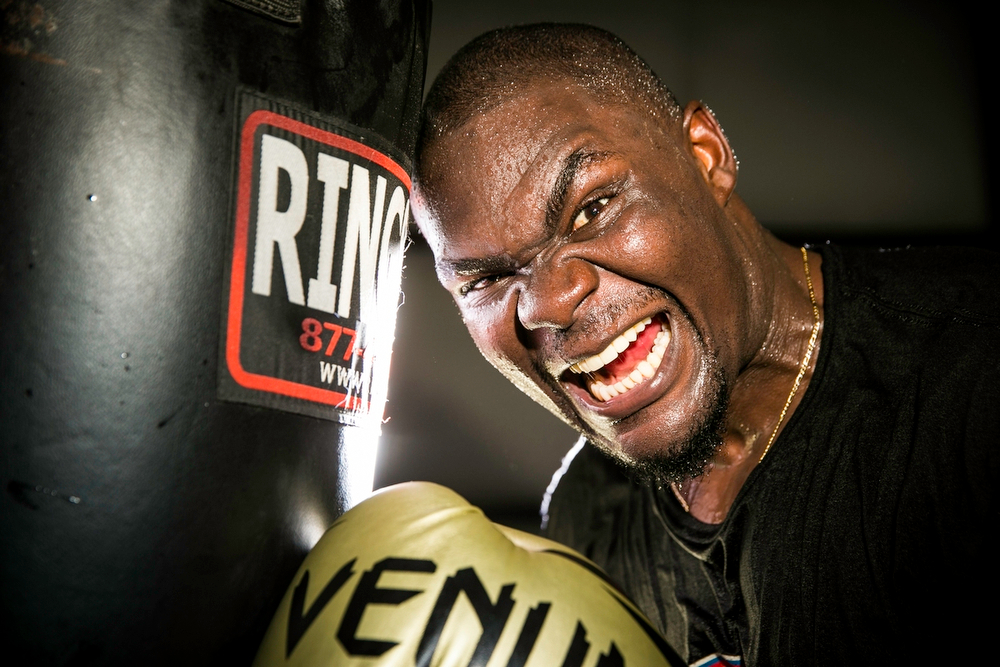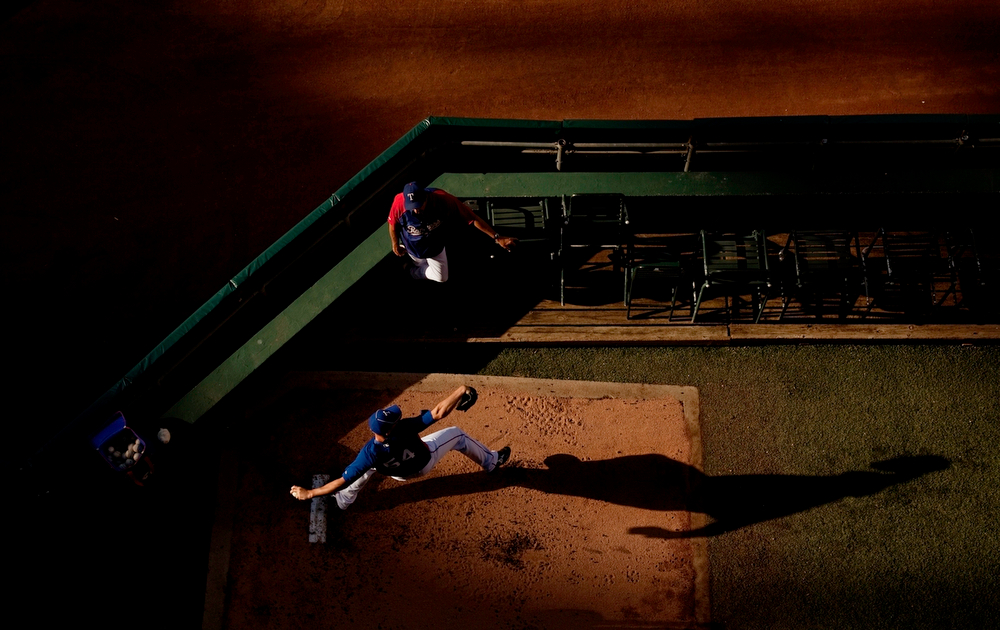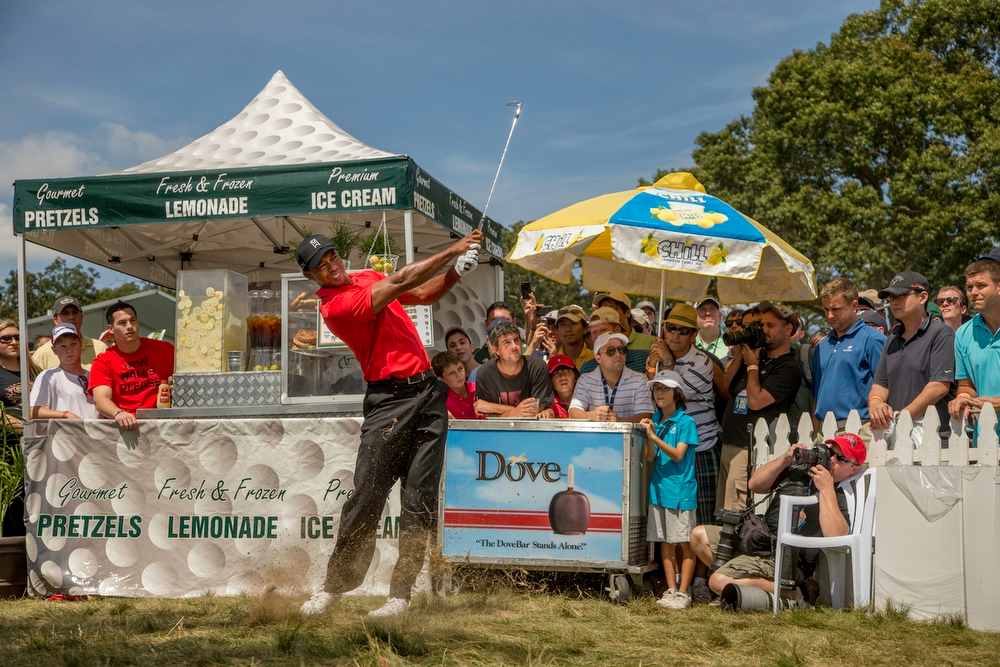Interview by John Davidson
Darren Carroll has been a professional photographer for 20 years, primarily shooting sports, lifestyle and documentary images for clients as diverse as Sports Illustrated, ESPN Sports, and Hyatt. Darren grew-up in New York City, and studied at Georgetown University and The University of Texas. He lives in Austin with his wife, Jessica Foster (who manages the Department of Photography for Major League Baseball), and his 11-year-old son.
Q: Do you recall the first time you held a camera, or began experimenting with one?
A: My junior year in high school and I was home, sick. It was one of those days when you feel better in the afternoon. I was alone in the house and I don’t know why I did it, but I walked into my dad’s study and grabbed his camera. I put a roll of film in it, and started walking around taking pictures, like it might be a fun thing to do.
Q: Did it seem in any way momentous at the time?
A: It didn’t really register. What really got me hooked on it was the darkroom. I went to a Jesuit private high school in New York City. You used to be able to smoke in the cafeteria. I started smoking when I was fifteen. By my junior year they had cut out smoking in the cafeteria, and so the smoking lounge was the darkroom of the yearbook office. I didn’t have a photographic connection with the guy who ran it, but I knew him, and so on our lunch break I would pop-in. One day somebody was making a print, and I’m watching this thing happen, and I’m thinking Wow, that’s really cool. And the guy says, ‘I can teach you that. Do you have a camera? Take a roll of black & white film and bring it in.’
From then on, it was more about the process for me than an artistic thing. I just loved the idea of being able to create this thing, the negative. I kept shooting pictures, – I had no idea- and I kept reading books. Eventually I bought my own camera – a Canon AE-1, same as my dad’s – and that was it. So the pivotal moment wasn’t picking up the camera. It was learning how to develop images.
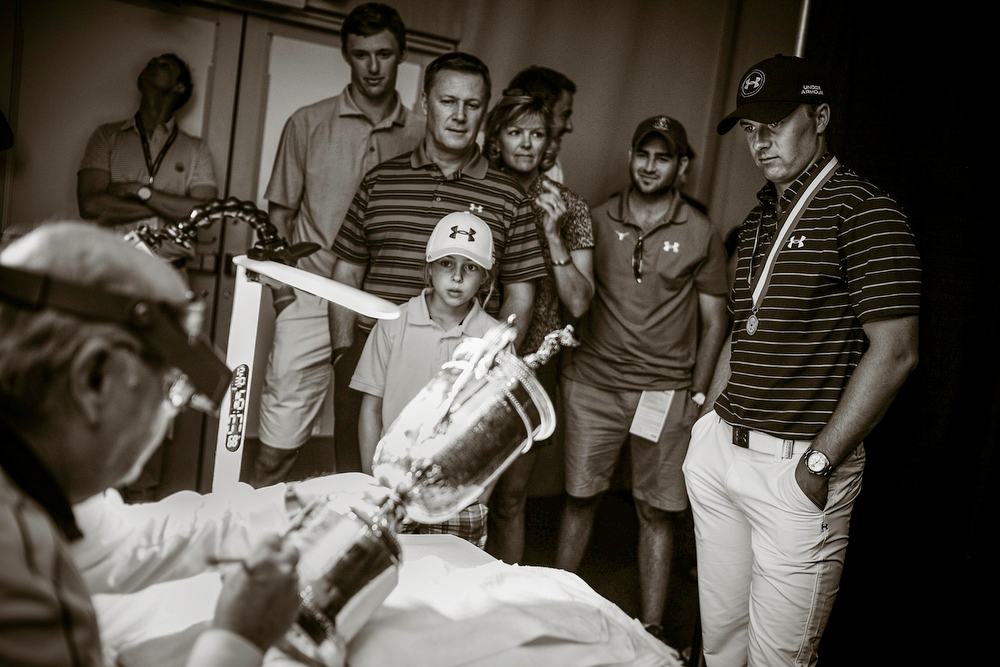
Q: At what point did you think you might want to pursue it as a career?
A: In college. When I quote, unquote ‘joined the newspaper’ at Georgetown, by the third week of my freshman year I was in the darkroom until two-thirty or three o’clock in the morning five nights a week, developing other people’s film, developing my film, printing, whatever. I never considered it as something I could do other than as a hobby until I shot my first Georgetown basketball game.. Then I saw all these other photographers sitting on the baseline, with these big 400mm lenses, and I thought, “This is cool”. This might be something I want to think about doing. And so I completely immersed myself in it, in the craft of the thing.
Q: How did you go about pursuing it as a career?
A: I was shooting the games, and so I met the guy who was the photographer for the Georgetown team. Georgetown played in a professional arena, so he was also the photographer for the Bullets (who are now the Wizards) in the NBA, and for the Capitals, the hockey team. And I just started to get to know him, offering to help and eventually I started assisting him. As part of my compensation he would let me shoot. I’d come to a hockey game and I would go upstairs and turn the strobes on ahead of time, they’d be up in the rafters, and we’d have to climb up in the catwalks and turn everything on, drop the synclines, and all that took time. So I started practicing, building a portfolio, and that was it.
But ever since that time, I’ve been adamant with everybody I’ve talked to that the way to start out is by assisting. It’s absolutely the best way to learn things, to meet people – and you get paid to do it. What could be better?
Q: You moved to Texas to study journalism?
A: I applied to UT for the Masters journalism program, and I got in. It was a journalism program with a photo concentration. And once I moved down here, that’s where a lot of the assisting work came in. Sports Illustrated started hiring me to assist photographers in San Antonio, and Dallas, and Houston, because they knew from what I’d done in Washington that I knew how to work the arena lighting systems and all of that.
My last year in Washington there was a NCAA first or second round tournament at The Capital Center, and Sports Illustrated sent a staff photographer to shoot it. I was recommended to rig the lighting, and then once I moved to Texas, I sent the SI staff guy a note saying ‘Hey, I’m down here,’ and it got around the office. Because at that time, they were flying someone to San Antonio every time there was a basketball game.
Q: And it was through that that you started shooting other sports as well?
A: It was a foot in the door. I’d go back to New York because I had family there, and I would go into the (Sports Illustrated) office because the editors there were the ones who were hiring the assistants – somebody who did basketball, somebody who did baseball, etc, and eventually they started giving me some front of the book spots when they didn’t want to fly anybody in to do them.
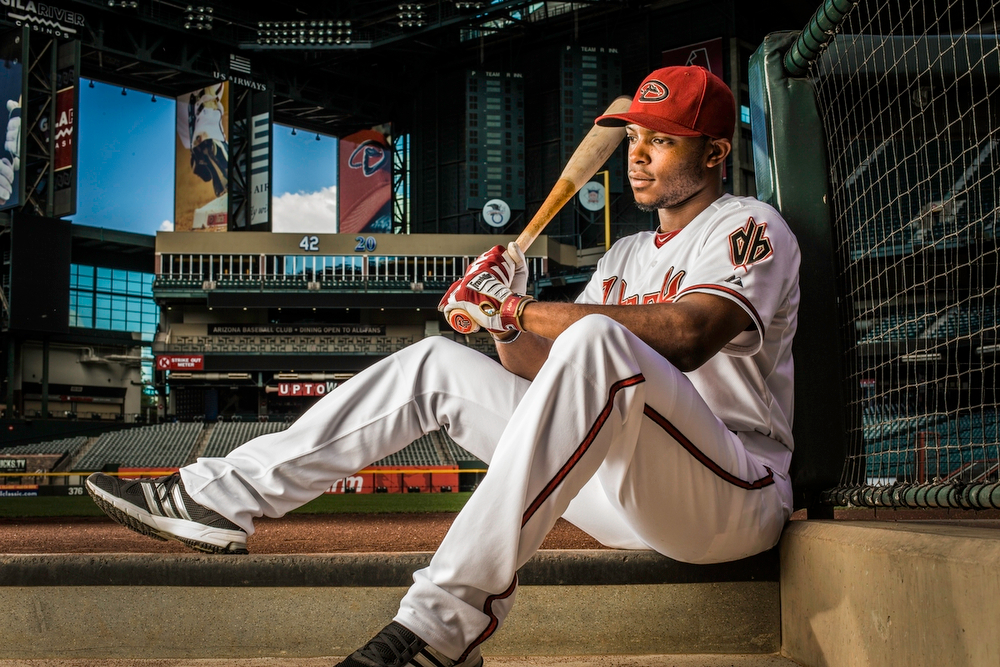
Q: Tell me about the role you played in covering Mark McGwire’s pursuit of the Major League Baseball home-run record, back in 1998.
A: Both Sammy Sosa (Chicago Cubs) and Mark McGwire (St Louis Cardinals) were neck-and-neck in a race to break Roger Maris’ single season home run record. By September it was blatantly obvious that one, if not both of them were going to do it. It was just a question of when.
So SI pulled out all the stops. They had five photographers covering every game they played. I was the assistant (on the McGwire games). The only assistant. My job was to change the film in all the remote cameras set-up around the stadium. You had one photographer in the outfield, four photographers on the infield. I don’t remember the actual count of remote cameras, but we had at least ten around the stadium. And I had to change the film in all of them after Mark McGwire hit. And not only that, but I was responsible for triggering all of them. I had a pocket wizard in my hand, and all the cameras were all set to the same channel. As soon as Mark McGwire looked like he was going to swing, I had to hit that button.
Q: Was this bulk loaded film?
A: No, these were all 36 exposures – with two exceptions. We had these Hulcher cameras set-up. They were custom built cameras with Nikon lenses, that could shoot… well we had a 40 second per frame camera and an 80 second per frame camera. They were on tripods, one with a 600mm lens, the other with a 800mm lens, and they took hundred-foot bulk roll. You could load them in broad daylight – so you lost the first ten feet of film. Imagine how that looks – you’re standing in center field, there are twenty photographers lined up next to you, and here I come with my backpack. I pull out a tin with this one hundred-foot film in it, and I just open it up – on a Sunday afternoon. Some of these guys are freaking out, because they’d never seen it done before.
But this takes a bit of time, so I was running. And then there’s the three or four game series where the Cubs played the Cardinals, and I had to do this for both players. It was a rush – all adrenaline at this point. The best part about it was, they also let me have at it with a camera. We’d tested it out, and the best place to make sure all the cameras received the signals was in the mezzanine at first base, just above the Cardinals dug out. And when McGwire hit his seventieth, his last home run – we were still going because we had to get the last home run, whatever number that was – he did this little fist bump or whatever on the way back to the dugout, where I was stationed…
So the next evening, I’m sitting at home, and I get a phone call from Maureen Grise (now Cavanagh), the sports editor: ‘I just want to tell you, it’s been a great month. Thank you for all your hard work. Oh by the way – you have the cover.’ My first Sports Illustrated cover.
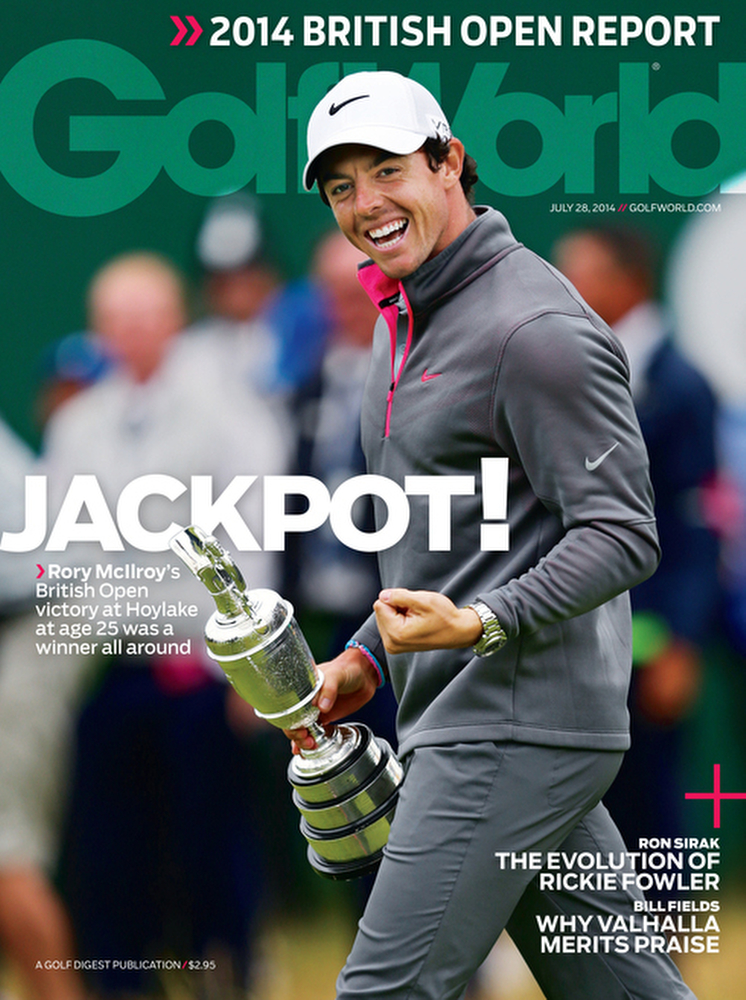
Q: Has it been in any way helpful that you came to sports photography, not as someone who aspired to be an athlete or with of a passion for sports specifically. Did it allow for fewer preconceived notions, perhaps, for how you might go about portraying the action?
A: I was not a sports fan or an athlete myself. I played golf and tennis, but…yes. I’ve shot a lot of golf over the years, and I’ve had to catch myself occasionally because the more you do it, the more you start to run the risk of believing all the hype that people ascribe to these people.
Q: That said, is there an athlete or sportsman you’ve felt especially privileged to work with?
A: Oh, the ultimate is Byron Nelson. I’ve photographed him two or three times – the man was in his nineties – always so genuine and nice, engaging. I never had the feeling that he was looking at his watch.
Q: Given your long history with Sport’s Illustrated, I’m sure you must have strong feelings about the recent decision to release the last of their six staff photographers – probably people you know?
A: Yes. I know all of them. And this isn’t the first big purge they’ve done. I believe there were seventeen (photographers) on staff at one point. Obviously I don’t agree with it. I don’t think the Director of Photography, who had to break the news, was behind it. The decisions were made at a much, much higher level. And at that level, it all comes down to individual page views online, things like that. The appreciation for the craft of it, and of what these guys were capable of, doesn’t matter.
I did an interview with, I think, The New Republic online, when the news came out. The interview was with a guy who worked on a story with me on rodeo cowboys, and I think he nailed it when he referenced the Wayne Gretzky quote, ‘You miss one hundred percent of the shots you don’t take.’ We’re all going to look at SI each week, and we’re going to see very nice sports pictures from Getty or AP or whatever; but what we’re not going to see is the picture that could have been taken. I’ve stood shoulder to shoulder with these SI guys and with a bunch of other photographers, and shot the same thing they have, and they’ve gotten something that we’ve all looked at and said, ‘How did they do that?’ We didn’t see it. We were all looking at it, we didn’t frame it that way, use that lens… you’re not going to see that anymore – but you’re not going to know it.
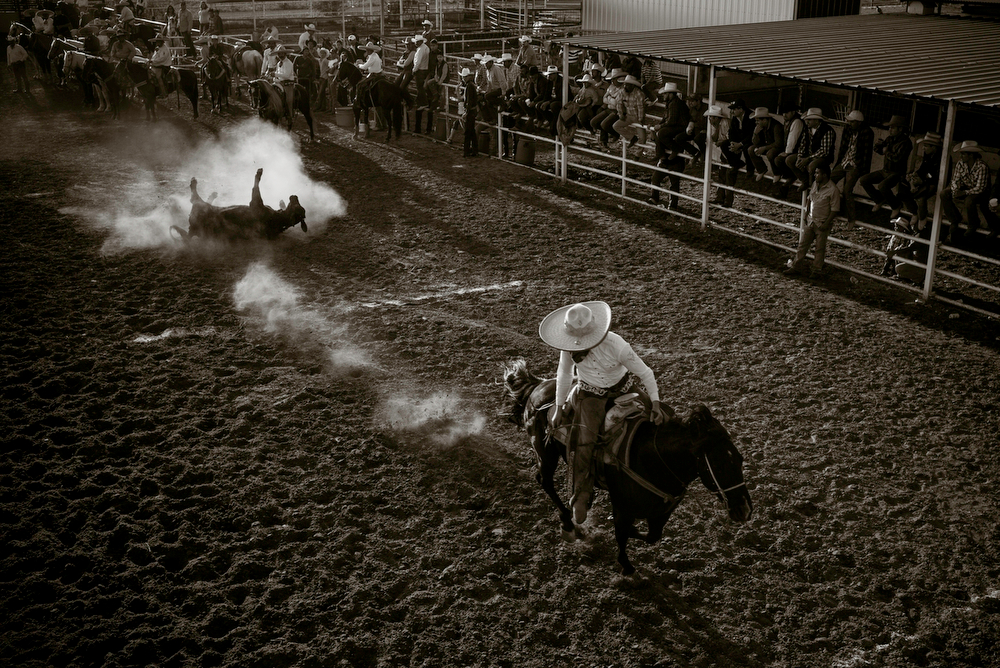
Q: Since we’re talking a little about the business of photography here, tell me about your marketing strategy. Who you are marketing to?
A: I’m marketing to advertising agencies, and to sports related companies – not necessarily as a sports photographer, but as someone with a sports background. I want to point out my abilities to use portrait lights, do documentary, all sorts of stuff. I have a couple of commercial clients that I work with regularly, and I’m looking to work with more. But I also like shooting those portraits, and documentary work, so I’m promoting that editorially.
Q: Emails, Mailers, or both?
A: I kind of gave up on mass emails, I used to do it religiously, but I don’t think people look at or see them. I can think of maybe one person who called me from an email over six years.
For print campaigns I have a mailing list of about 250 people. I send out 125 mailers every month. Say, if there are two art buyers at ESPN, one of them gets the card this month, the other one gets it next month. That way they’re not getting the same card – they’re floating around the office – but I’m not flooding them with stuff. So I send pieces out bi-monthly.
Q: Do you work with a graphic designer on your promo pieces?
A: I’m thinking about doing that. I can see the benefits. I have a portfolio online with ASMP, and I’ve gotten work from that, and also another portfolio site and I’ve gotten work from those. I’ve also taken out ads in Workbook, but I ‘m not sure about that as an advertising model at this point.
I don’t like to be overbearing, whether it’s writing about myself, or making calls. I need to get better at that.
Q: Do you have a rep?
A: I do. We’ve been working together for about three years. It’s been good to have someone help with negotiations, that side of things. You really need somebody who knows the type of work that you do, and the business that you’re catering to. And I need someone who knows how to work with those people.
Still, I need to be able to find those people myself. I don’t mean this as a criticism, but I think some photographers believe that once they have a rep, they don’t have to do any of that stuff. It’s not true. You have to stay grounded in your own business. And if I do get something, then I’m going to give it to him (the rep), because he is going to take care of the negotiating, the production, that side of things. Quite frankly, when it comes to advertising, and the amount of money that can be involved, you don’t want creative people having that conversation. You want money people having those conversations.
Q: I recently switched my website hosting to Photoshelter, which I know is where you’ve been hosted for sometime. You’re especially partial to the back-end capabilities of the site – such as the e-commerce, for example. Have you sold a lot from your archive that way?
A: Not a whole lot. I should probably market that a little better, though I’ve had some commercial sales. But yes, there are a lot of portfolio sites, and I don’t know anywhere else you can store thousands upon thousands of high-resolution images, sell them through the site, integrate directly with your blog, share with clients. And all I have to do is slide images from one gallery to another.
Q: What’s your take on Instagram now? Initially your line was similar to ASMP’s first public stance, which was, ‘Why are we giving our work away?’
A: Every time I put something on Instagram, I cringe, honestly. But…you have to do it. My epiphany was on assignment for ESPN, and there were four or five editors on site. I walked into the press room – it was after a football game – and every single editor was checking their Instagram feed to see what their favorite photographers were up to. You’ve got to do it. But, I watermark important images, and I still feel that the day is going to come when we’re going to say, ‘Wait – they said they weren’t going to do that!’
Q: Let’s talk about personal work. You wrote a very impassioned piece on your blog about purchasing a Leica M240 and how it had really informed your work, inspired you to see things anew. Was buying the camera directly responsible for the beautiful Charreada project you’ve undertaken?
A: It was. I put off doing it until I got the Leica. I’d had the idea for about a year, put it off and put it off, and when I finally decided to go all in and buy the camera, I said, Now I’m gonna do it.
Q: The Charreada project is clearly a book. It has to be.
A: My problem that I have with it is that I presented it to Sports Illustrated, because they were interested in running it. At the time I’d only done a couple of reports, but they encouraged me to continue with it. Then a month later they gave me a different rodeo assignment that ran nine pages in the magazine and the way they work, one rodeo story a year is all you’re gonna get. So I felt kind of bad that I no longer had a hook anymore, and I don’t know how to market something as a book. I have a couple of ideas, a couple of different strains of the project, but I don’t know how to bring that (a book) about.
Q: Your work seems to be diversifying over the past year or two. Certainly, you’re shooting more portraits outside of sports – extensive work with musician Robert Earl Keen, for example. You have a wedding coming up, and you have a young son – Are you looking to move away from sports photography in part to pursue a less itinerant lifestyle?
A: I’m not leaving sports photography, but I do want to pursue other things. Part of it is at the point of a bayonet because the business is changing. Sports photography is not what it was. The days of getting a call saying ‘Hey, there’s a game in Arlington today. Go see if you can take a pretty picture…’ those opportunities have gone, across the board. Sporting News is out of business; Sports Illustrated isn’t hiring or flying people all over the country anymore; ESPN doesn’t cover games on a week-to-week basis. Getty has staff photographers, they don’t hire freelancers. You can’t make a living shooting sports for newspapers.
So, you have to adapt. You find commercial, advertising outlets for the skill-set you’ve got. I can shoot golf, really well, so let me go out and find corporations or advertisers or whatever who need someone who can shoot golf. And part of that hopefully means getting paid more so that I can work less, be closer to home, be with family more. Right now, I haven’t been on a plane in three weeks. I don’t remember the last time that happened. But also, hopefully it means that I can pursue more editorial work that I enjoy doing, work that allows creative freedom.
I think it can be done. I’ve spent the last month driving to jobs! And there’s such a vibrant photo community here in Austin – and I need to get more involved.

